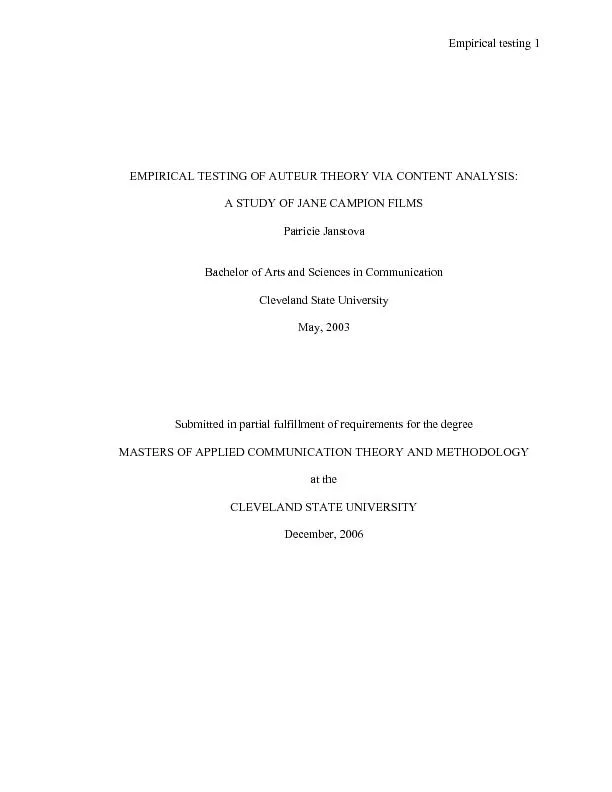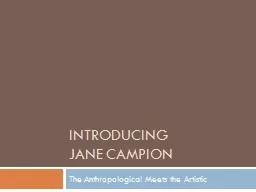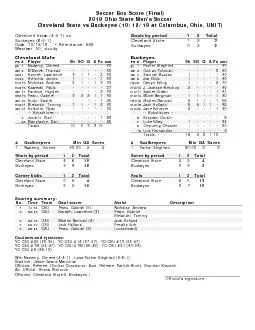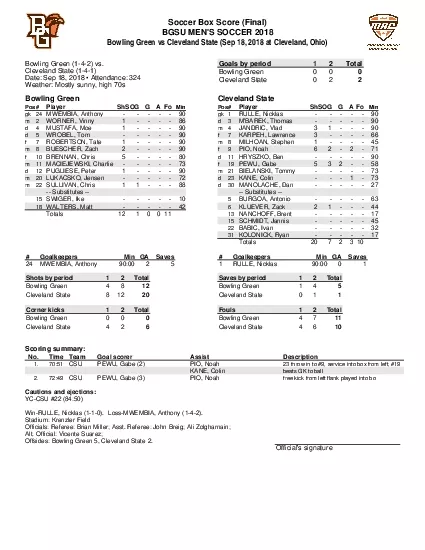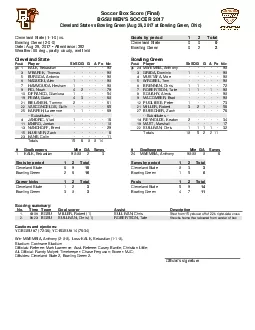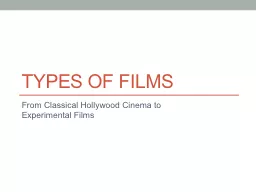PDF-Empirical testing 1 A STUDY OF JANE CAMPION FILMS Cleveland State Uni
Author : kittie-lecroy | Published Date : 2016-03-01
Empirical testing 2 CHAPTER I The film of tomorrow appears to me as even more personal than an individual and autobiographical novel like a confession or a diary
Presentation Embed Code
Download Presentation
Download Presentation The PPT/PDF document "Empirical testing 1 A STUDY OF JANE CAM..." is the property of its rightful owner. Permission is granted to download and print the materials on this website for personal, non-commercial use only, and to display it on your personal computer provided you do not modify the materials and that you retain all copyright notices contained in the materials. By downloading content from our website, you accept the terms of this agreement.
Empirical testing 1 A STUDY OF JANE CAMPION FILMS Cleveland State Uni: Transcript
Download Rules Of Document
"Empirical testing 1 A STUDY OF JANE CAMPION FILMS Cleveland State Uni"The content belongs to its owner. You may download and print it for personal use, without modification, and keep all copyright notices. By downloading, you agree to these terms.
Related Documents

